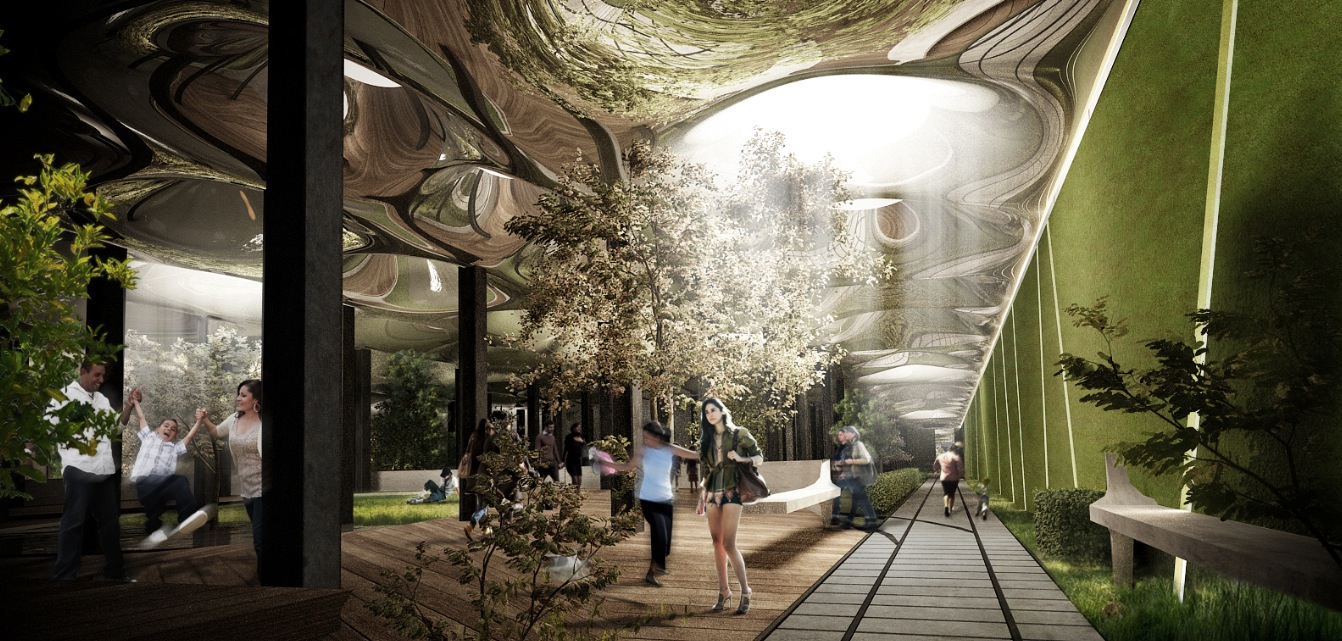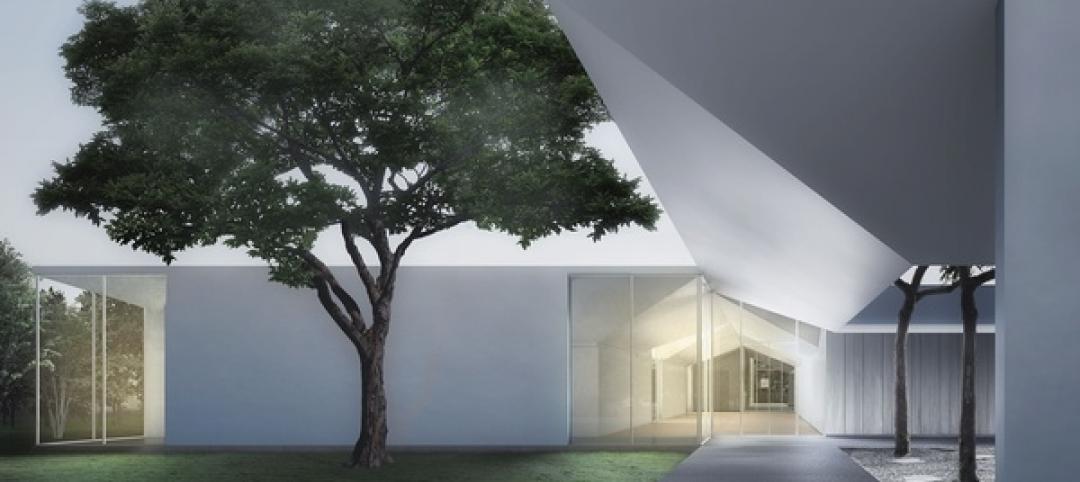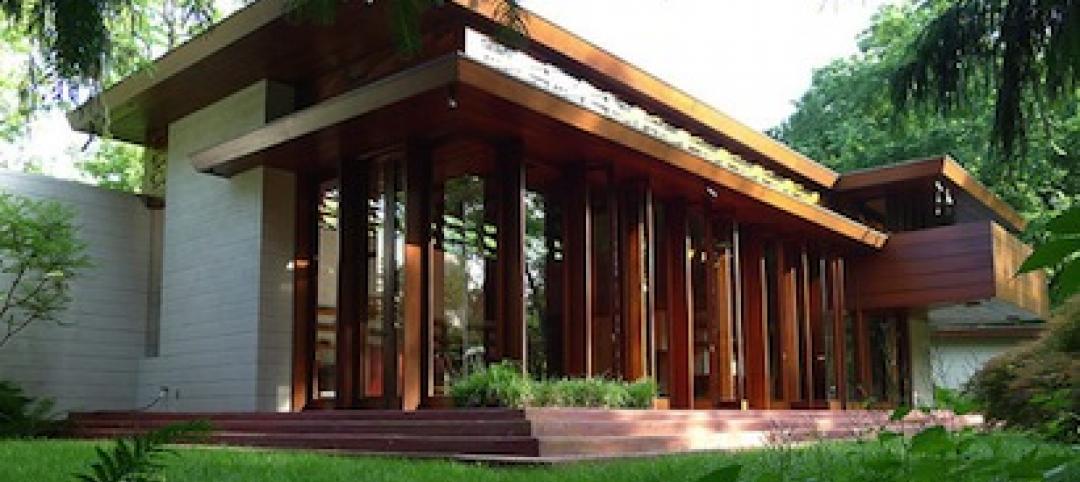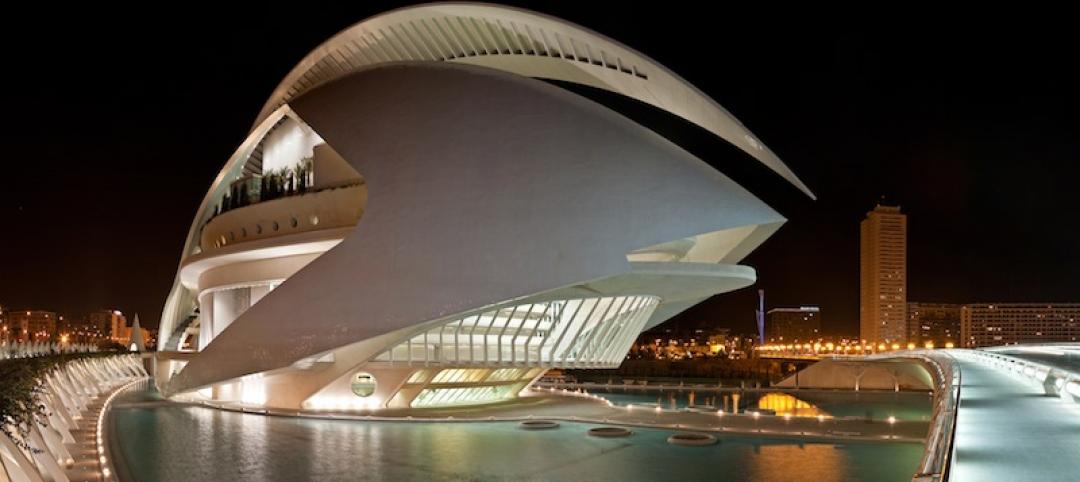The Lowline is a plan to use innovative solar technology to illuminate a historic underground trolley terminal on the Lower East Side of New York City. It would create an underground park in one of the city’s most densely populated neighborhoods, and possibly become a revenue-generating component in an expansive urban renewal project that various community and political constituencies have been wrangling over since the mid 1960s.
The Lowline’s co-founders—James Ramsey, 36, an architect and former NASA engineer, who at 25 years old started the design practice RAAD Studio; and Dan Barasch, who has worked for Google, PopTech, and the City of New York—recently opened a 1,200-sf Lowline Lab, an exhibition space with over 60 species of plants, where they are testing their hypothesis. The Spaces, a digital publication that explores live-work innovations, shared a video sneak peek at what Ramsey and Barasch are up to with ArchDaily.
The website Atlas Obscura also ran a well-researched article that chronicles the history of the Lowline within the context of this New York neighborhood’s evolution over the past several decades.
Ramsey believes that a lot of the most public spaces in cities are woefully underserved by green spaces. The Lowline, then, would create “a vibrant public space” by means of solar technology that would track the sun, magnify its light intensity 30 times, and then deliver natural sunlight channel to the subterranean area through a plumbing network.
“It’s almost like turning light into a liquid that we channel where we need to get it,” Ramsey says on the video.
He and Barasch founded Lowline, a not-for-profit advocacy group, in September 2011. Through a Kickstarter campaign, they raised $225,000 to build the lab, which is open to the public on weekends, and to school and community groups during the week.
The Lowline team enlisted Arup to evaluate the engineering practicality of this concept, and commissioned H&A Advisors—which helped get New York’s Highline project off the ground—to do a feasibility study.
H&A estimated that Lowline would cost between $44 million and $72 million to develop and complete. Its yearly operating costs would fall somewhere between $2.4 million and $4 million. That expense, hypothetically, could be defrayed in part by concessions, advertising, admissions fees, and so forth.
H&A expected that Lowline would need to aggressively pursue private and public financing. It is not a city-funded project and has only received $8,500 in public money. It has raised $1 million in private donations. New York Mayor Bill DeBlasio endorses the idea, but no taxpayer dollars are committed to it.
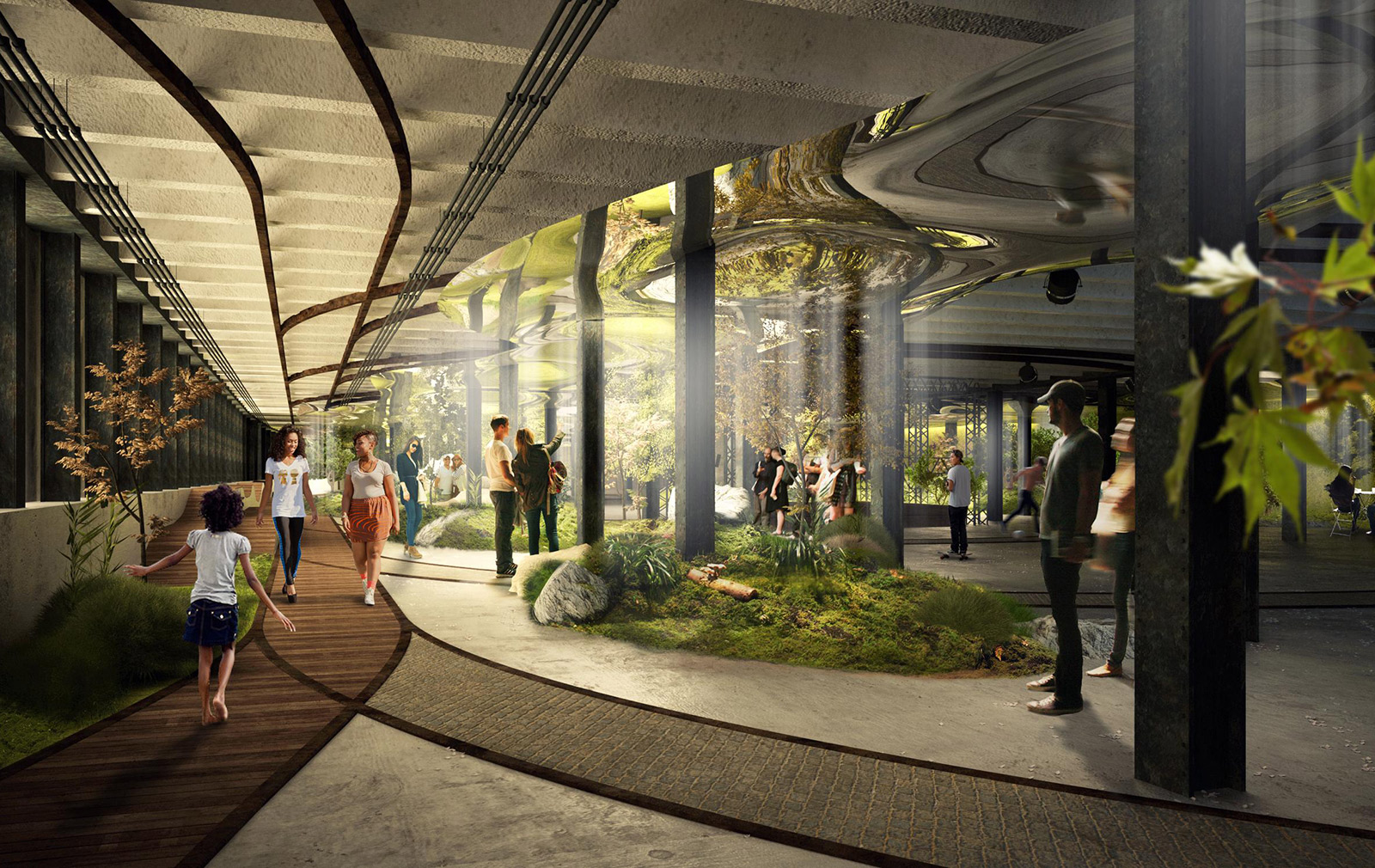
Atlas Obscura reports that Ravenal Boykin Curry IV, managing director of the hedge fund Eagle Capital, played a crucial behind-the-scenes role in this drama by brokering Lowline’s initial audience with the mayor’s office. And for a startup, Lowline has an impressive list of heavy hitters on its board of directors and advisory board.
Lowline’s biggest obstacle could be convincing the Metropolitan Transit Authority (MTA) to relinquish control of the bottle-shaped underground trolley terminal near Delancey Street, which has been closed since 1948, and the city acquired in 1965. That terminal is 600 feet long, 100 feet wide, and 15 feet high.
Ramsey believes that Lowline has about five years to sway the MTA, which might require fundraising to purchase the property. H&A estimates that Lowline could raise up to $7 million in tax credits. If Lowline were actualized, it would provide 1.5 acres of green space.
The underground terminal is beneath an area on the Lower East Side that, in 2013, was approved for a massive mixed-use redevelopment. The 1.65-million-sf Essex Crossing Project, as it’s called, broke ground last summer. It will be anchored by 1,000 units of housing, 15,000 sf of open space, and 250,000 sf of office space. The project will include a new bowling alley and movie theater, a rooftop farm, and a diverse mix of retail space. The developer, Delancey Street Associates—a JV that includes L+M Development Partners, BFC Partners, and Taconic Investment Partners—expects the last two buildings of this project to be finished by 2024.

Related Stories
| Feb 24, 2014
New Menil Drawing Institute will fit in with leafy surroundings
In Houston, plans are being finalized for the first freestanding American building built to house and conserve modern and contemporary drawings.
| Jan 30, 2014
How reverse engineering nature can spur design innovation
It’s not enough to copy nature. Today’s designers need a deeper understanding of environmental nuance, from the biome in.
| Jan 28, 2014
16 awe-inspiring interior designs from around the world [slideshow]
The International Interior Design Association released the winners of its 4th Annual Global Excellence Awards. Here's a recap of the winning projects.
| Jan 27, 2014
A climber's dream: Rock climbing hall planned near Iran's highest peak
Forget the rock climbing wall. A developer in Iran is building a rock climbing hall. That's right, an entire building dedicated to the sport, with more than 48,000 sf of program space.
| Jan 17, 2014
Crystal Bridges Museum will move Frank Lloyd Wright house from New Jersey to Arkansas
Numerous architectural experts have concluded that moving the Bachman Wilson House offers its best hope for long-term survival.
| Jan 13, 2014
Custom exterior fabricator A. Zahner unveils free façade design software for architects
The web-based tool uses the company's factory floor like "a massive rapid prototype machine,” allowing designers to manipulate designs on the fly based on cost and other factors, according to CEO/President Bill Zahner.
| Jan 11, 2014
Getting to net-zero energy with brick masonry construction [AIA course]
When targeting net-zero energy performance, AEC professionals are advised to tackle energy demand first. This AIA course covers brick masonry's role in reducing energy consumption in buildings.
| Dec 30, 2013
Calatrava facing legal action from his home town over crumbling cultural complex
Officials with the city of Valencia, Spain, are blaming Santiago Calatrava for the rapid deterioration of buildings within its City of Arts and Sciences complex.
| Dec 19, 2013
Mastering the art of crowd control and visitor flow in interpretive facilities
To say that visitor facility planning and design is challenging is an understatement. There are many factors that determine the success of a facility. Unfortunately, visitor flow, the way people move and how the facility accommodates those movements, isn’t always specifically considered.
| Dec 13, 2013
Safe and sound: 10 solutions for fire and life safety
From a dual fire-CO detector to an aspiration-sensing fire alarm, BD+C editors present a roundup of new fire and life safety products and technologies.


